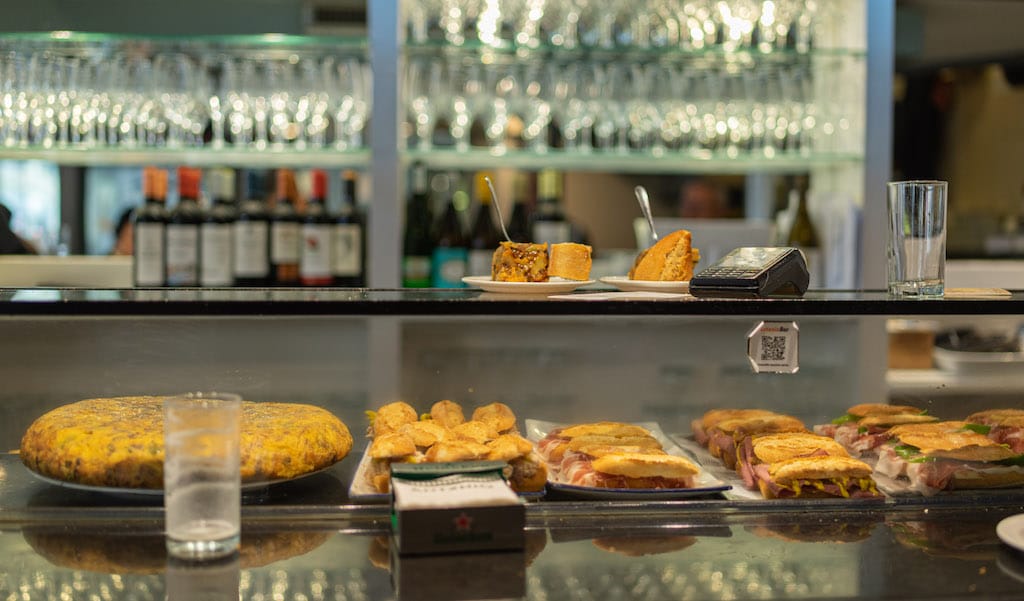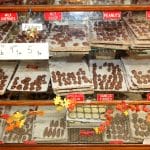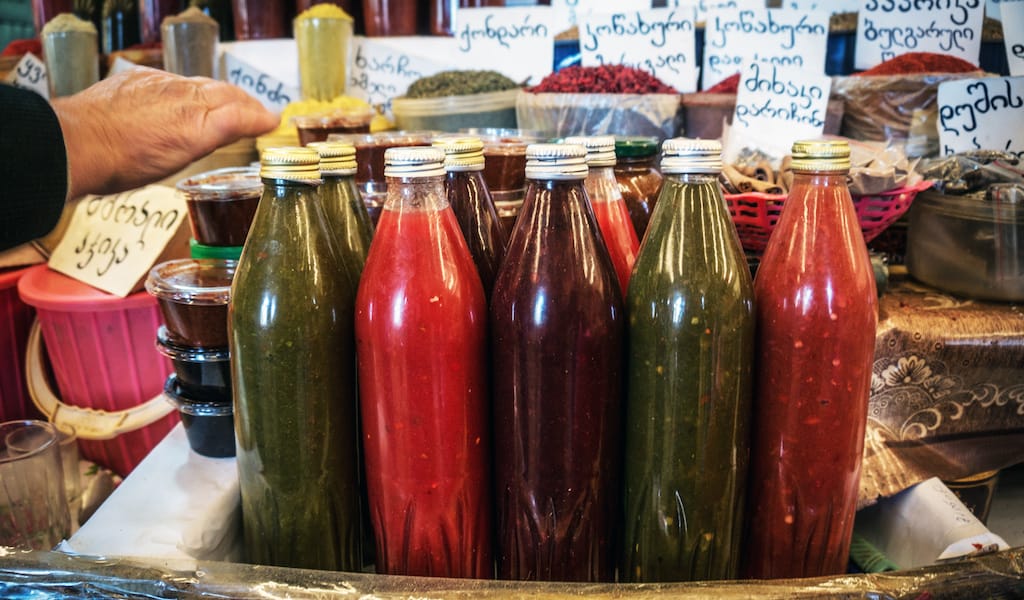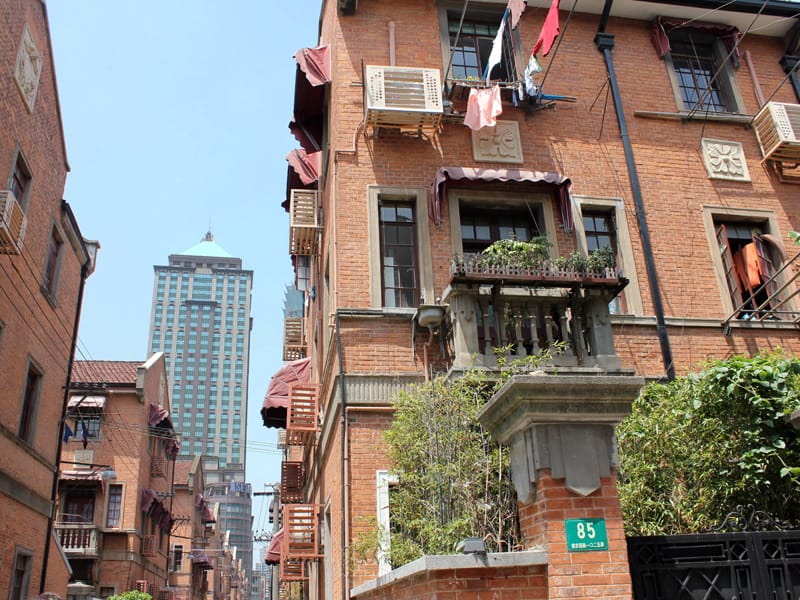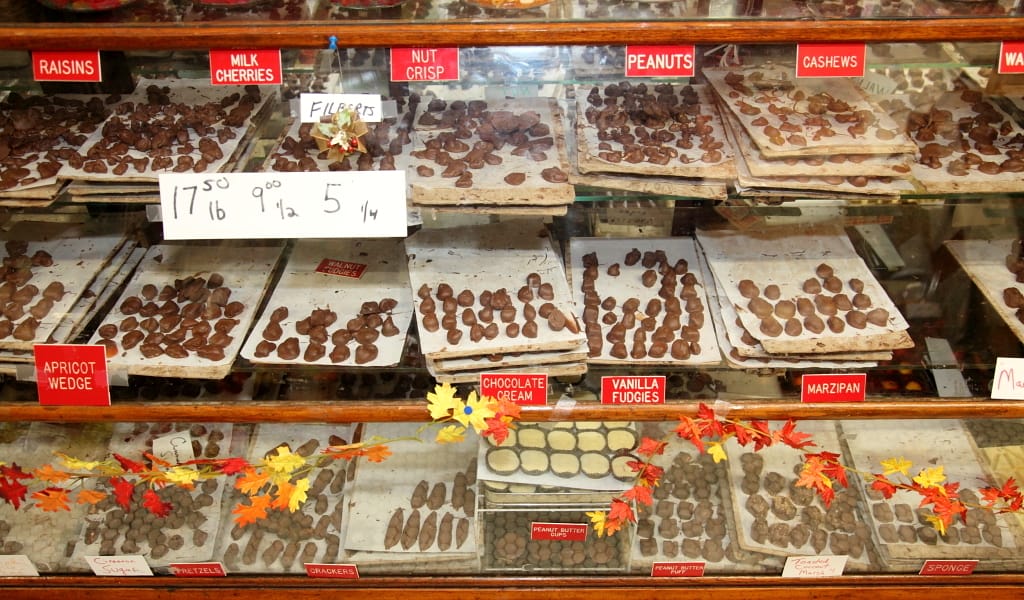In San Sebastian, talking about food, but above all, about cooking, is the norm. Here, something as small as a gilda is of the utmost importance. To stick anchovies, olives and guindilla peppers on a stick is not enough; together these ingredients must contrast and balance, living up to the gilda’s reputation as one of the city’s most celebrated pintxos. A good gilda comes with a punch of flavor and freshness; an ideal combination of textures and acidity that is eaten in a single bite. This translates into an exciting challenge for any self-respecting bar, as well as a big responsibility: to rise to the standards, ideas and myths surrounding such an icon of the local cuisine.
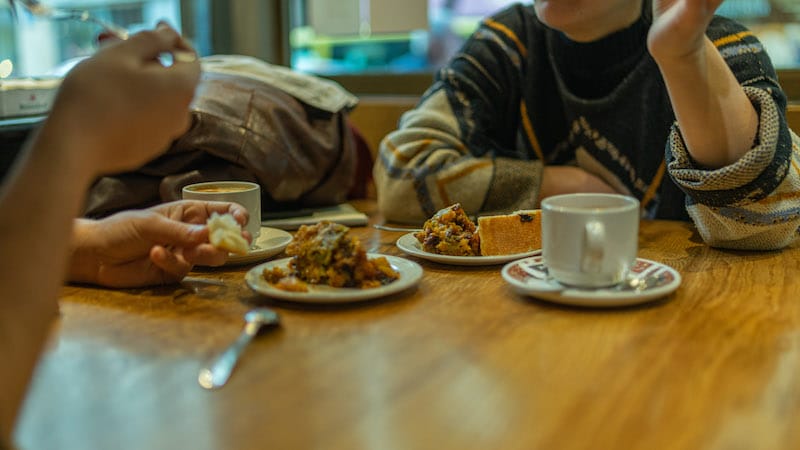
Where to eat (and how) is the question in San Sebastian, and this could be discussed for hours. In Donosti (the Basque name of this capital of the Spanish province of Gipuzkoa, bordering France), walking a few streets reveals restaurants loaded with answers awaiting hungry customers. San Sebastian feels something like a big candy house – not unlike the one Hansel and Gretel were lured into – an irresistible and complex place where you can lose your head over food. All this takes place inside an intriguing and seemingly cloistered society, in which the craft of cooking is alive and treasured.
“This city exudes, oozes, sweats, and weeps gastronomy. Food is a way of understanding and living life that is reflected in restaurants as well as in homes. Much affection is given to products and recipes, and that generates knowledge. This, in turn, means people get to understand the value of food. When people go out to eat, they are not easily satisfied, hence the level of quality in the city’s offer is quite high,” explains Valencian chef Jorge Bretón, who has been living in the Basque Country for the last 10 years.
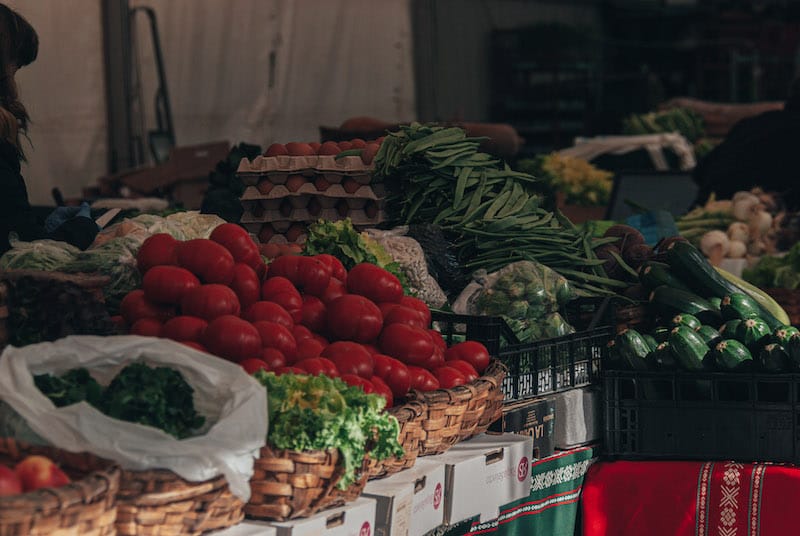
The Basques have a big appetite, and they show it. A normal scene here is to find people discussing, with the same fervor ignited by the last Real Sociedad fútbol march, the beginning of the Bonito del Norte (local white albacore tuna) season (and consequently the appearance of marmitako (a tuna-and-potato stew, on menus across the city); the price of the first sardines to arrive fresh at the fish markets, or the necessary details to prepare cherished dishes like cod kokotxas al pil pil.
Of course, there’s the quantity or quality of the different elements involved in the fine equation of oil, garlic, chili pepper and kokotxa (that lower part of the fish’s cheek, used here but still discarded in many places around the world) that it takes to make the dish. But beyond that, the key to making kokotxas al pil pil is in the movement of the wrist that holds the pan in which everything “dances” in harmony; it is in the delicacy of a hand gesture, in the right rhythm with which the ingredients emulsify slowly, reaching a unique texture, singularly unctuous and heartwarming (goxua, as the locals would say). To get it right the first time would be asking for a miracle – to simply follow the steps of the recipe falls short. The dish calls for good ingredients, of course. But mostly expertise, experience and a trained palate.
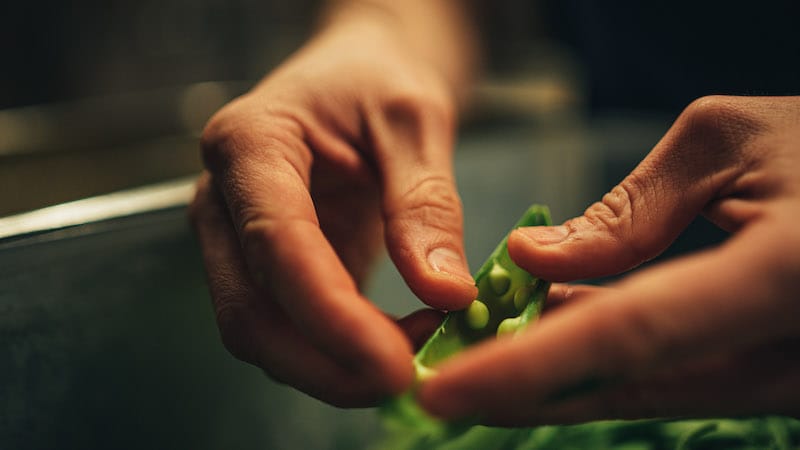
“In San Sebastian, sometimes I get the impression that everything revolves around food,” says Ferran Adrià, the leading genius behind restaurant El Bulli, in the prologue of the book La cocina Donostiarra. “In this cuisine, I can find one of my weaknesses, salsa verde, together with the most avant-garde concepts in cooking and, fortunately, of a solid and well-understood modernity,” he adds.
It is not in vain that this place intrigues curious and professional gastronomes alike. In Gipuzkoa, there is one bar or restaurant for every 200 people (25 percent of available services in the Basque Country belong to the hospitality industry). The influence of the so-called New Basque Cuisine, led 50 years ago by strong figures such as chefs Juan Mari Arzak or Pedro Subijana, is still in force. If we trace a 25 square kilometer circle around the San Sebastian City Hall, 16 Michelin stars appear, across establishments such as Arzak, Akelarre, Martín Berasategui, Mugaritz or Amelia, among others. This fact goes far beyond medals or recognition; it connects with a strong cultural expression in which the ways of eating and socializing around food maintain an umbilical link with the city’s identity.
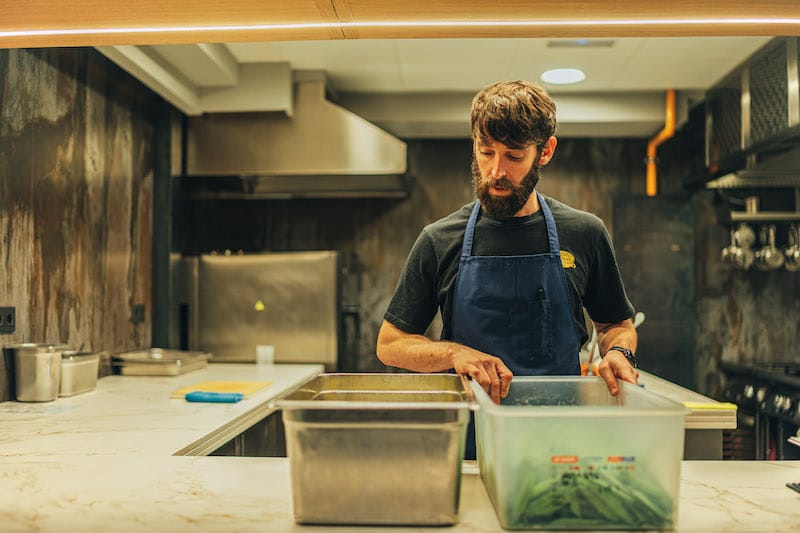
“We cooks are quite obsessive, always talking about food. However, in San Sebastian we are not alone. The sensitivity and madness for gastronomy connects with people beyond the culinary profession; it’s a language shared across different social strata and at all times, as well as a matter of deep pride,” says chef Bretón, who is also a professor at the Basque Culinary Center and is fascinated with the way in which simple preparations like cod with peppers, or humble products like an anchovy or a leek, fill Donostiarras – San Sebastian locals – with pride.
“If you go to a fish market, a kilo of hake kokotxas is around sixty euros; of cod, thirty euros per kilo. Middle class people indulge themselves with this from time to time, because they know it’s not so much an ingredient of high cost as it is of high value; and that doesn’t happen in many places,” he notes.

San Sebastian is the kind of spot where locals worry about their egg-and-potato tortilla being fresh, firm on the outside but creamy on the inside (cooked with or without onions). To cut into a txuleta in a local steakhouse without finding it amazingly juicy on the inside; to, in the Old Part of the city, bite into a Basque cheesecake that’s not perfectly caramelized on the outside and wobbly on the inside; or to go into a cider house and not leave with a virtual PhD in this traditional beverage made from apples, poured directly from huge wooden barrels… all are capital sins in this city. The ways of preparing, sharing and celebrating food around a table matter, not so much what is eaten but “how.” And this is not by chance.
With its feet on the ground but its eyes fixed on the sea, San Sebastian persists as a shared ground for the old and the new; for tradition and innovation. The Basques simply insist on doing things their own way. Preserving the craft of cooking against the current, with singularity as a non-negotiable value and of betting, in everything, on the idea that less is more. To the wise, few words are enough for the Basques to explain both the merluza en salsa verde (hake in green sauce) and their complex political history. After all, a certain mystery has always been in their DNA.
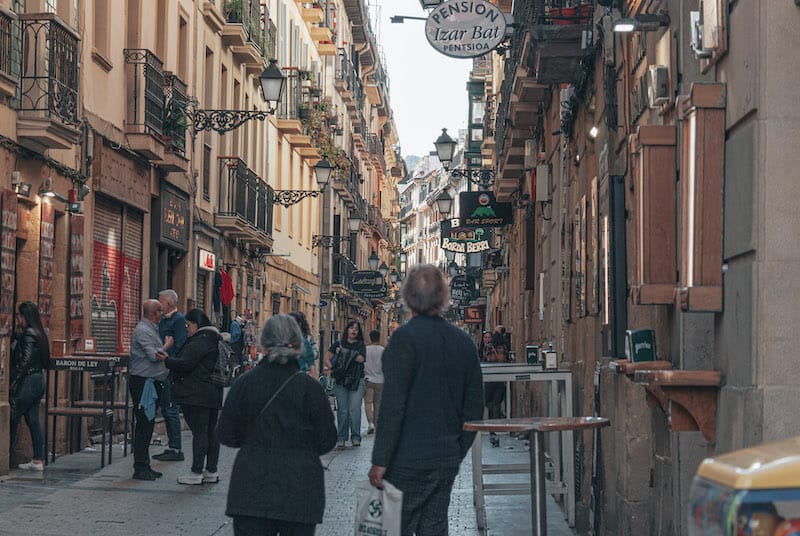
In 1896, the researcher Lewy D’Abartiague declared with astonishment that the Basques might be the only people in the world, or at least in Europe, whose origin remained unknown. And it is still an enigma one which science fails to solve.
The first to inhabit this region left no written testimonies. The earliest clues were found two centuries after the arrival of the Romans in 218 BC, so it was assumed that it was already an ancient settlement. What defines Basque people, in any case, is their language, Euskera. Their promised land is known as Euskal Herria (“the land of Basque speakers”) because what agglutinates the seven territories that comprise this reclaimed state (four in Spain: Navarre, Guipuzcoa, Biscay and Alava; and three on the French side) is Euskera. This “impossible” language is spoken by more and more people in the region when it could have easily become extinct instead, especially after Franco’s time, when it was strongly censored. To outsiders, Euskera is practically unintelligible, a language isolate built on about 200 thousand words, although the vocabulary increases considerably with almost 200 regular suffixes (The Oxford English Dictionary, for example, was made on a base of seventy million words).

Perhaps that is why, as Mark Kurlansky rightly comments in his book The Basque History of the World (1999), “At times, Basques believe they are the world. They feel an inexplicable security as to the place they occupy among the nations.” He notes that they have also managed to compromise with their neighbors or invaders just enough as to not give up a certain autonomy and identity: “They are determined to preserve what belongs to them while keeping up with the times. They have never been picturesque people and have avoided being marginalized or assimilated. Food, that window to the cultures, makes it evident. With notable culinary talent, they were pioneers in the use of products from other parts of the world, but they always appropriated them, they made them Basque.”
They are also pioneers in the ways of socializing their own culinary profession. Here, you learn to cook at home, where women have historically been the ones to transfer knowledge. These skills are also learned in professional cooking schools, which is why young people from all over the world constantly come to this territory seeking to train themselves and delve deep into the understanding of gastronomy as science (the local Basque Culinary Center being among the most prominent international options for this area of study).
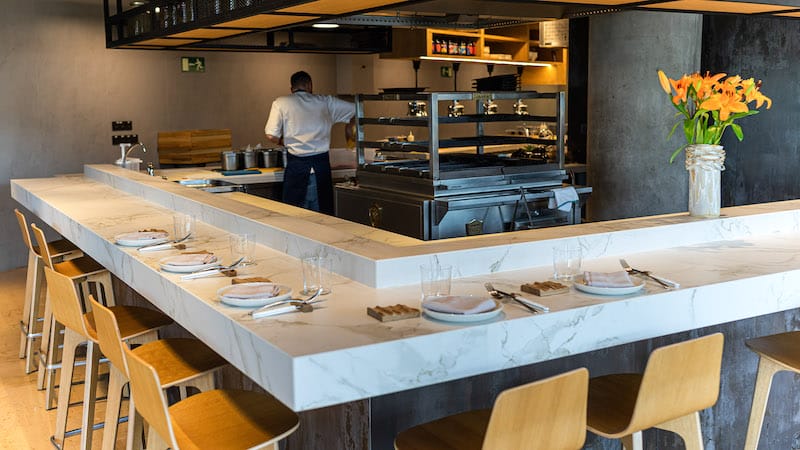
One also learns by doing, especially as interns or stagiers, without whom it would be difficult to sustain the fine dining industry (where a good part of the local brigades are made up of scholarship holders). And one learns to cook by eating. Accessing direct knowledge through the palate allows people to connect with a very particular expertise, skill and execution that helps train their criteria and sensibility, without having to spend too much money. This happens when diving into important local traditions such as pintxos, a small, casual and ingenious dish, offered in popular restaurants – especially in the Old Part of the city – where the hungry can experience a wide variety of options to eat and drink while bar hopping – as much as your body and budget can take.
Deliciousness, however, requires some walking, as each bar has its own specialty. This is clear in Txepetxa, where the menu focuses entirely on anchovies. Or at La Cuchara de San Telmo, where the passage of time has not diminished the fame of its foie cooked on the griddle, served with apple marmalade.
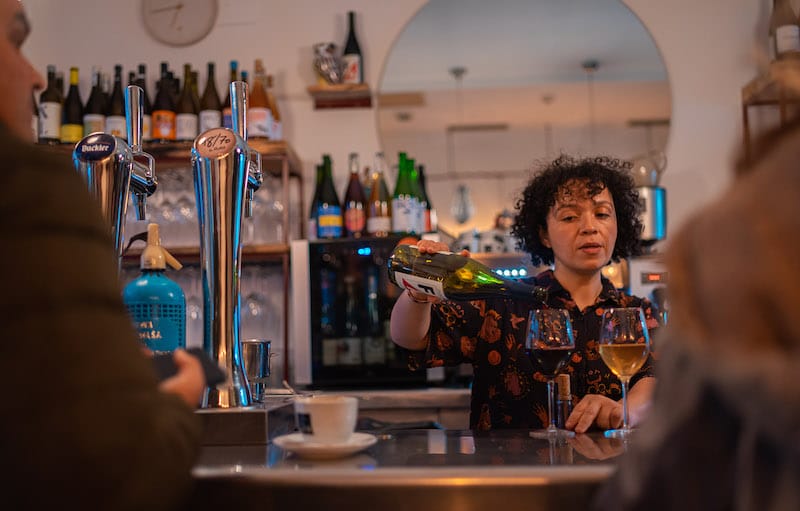
To triumph as an eater in San Sebastian, it is also necessary to pay attention to the seasons (do not fall for an avocado or salmon dish, please, unless you came to the Basque Country to eat the same as everywhere else). For this, places like Casa Urola are a mandatory stop, where a humble artichoke served with grilled Navarre cardoon, ham cream and salted almond praline feels like a warm hug. Or Borda Berri, where you can order hot dishes like a celebrated Idiazabal puntalette (made with the treasured local goat’s milk cheese). Or Gambara, where something as simple as seasonal mushrooms, sautéed with oil and garlic and served with egg yolk, can leave you speechless.
Though it might be hard to imagine, just 30 years ago (January 23, 1995), in a bar called La Cepa, a militant of the independence movement ETA (Euskadi Ta Askatasuna, “Basque Homeland and Freedom”), fired a shot in the back of a councilor’s head, a sign of the years of high political tension. Today, eating a stuffed bell pepper at La Cepa is synonymous with pleasure (and it’s just meters away from La Viña, where people wait patiently in line to try San Sebastian’s most emblematic Basque cheesecake). There is no shadow of violence in these streets full of tourists and gastronomic enthusiasts. Instead, the city and its people exude the joy of eating, but also a certain mystery, like the one found in restaurants where a small bunch of dishes are hand written on a shy chalkboard, spelling out your luck at getting to try the kokotxas al pil pil.

QUICK HITS
- Old School vs. New School
- Over 80 years ago, the pantxineta was born in the ovens of Casa Otaegui, the oldest bakery in San Sebastian (founded in 1886). A woman named Emiliana Malcorra is credited with what today is one of the city’s most desired desserts: a crunchy puff pastry, filled with a soft custard heart, covered with a thin layer of toasted almonds and “a secret touch” still kept under wraps.
- A different approach to pastry can be found at Pastelería Gourmet Dani Luque, opened in 2020, which has earned the nickname as San Sebastian’s “jewelry shop of cakes” with its delicate confections.
- Watering Hole
- Obsessed with vermouth (vermú, as locals would say), Roberto Berri offers around 50 options from a blackboard display in tiny but cozy locale, perfect for those who enjoy simple pleasures far from touristic spots. Natural wines, though, ought to be explored informally at Arenales.
- To Market
- Recently opened in the city center, Geuria Merkatua it is one of the very few small shops entirely dedicated to local, seasonal ingredients (including some organic). Among their treasures: Maskarada Charcuterie, made from euskal txerri pork, which just a few decades ago almost went extinct.
- Neighborhood Watch
- To go up to Monte Urgull at the end of La Concha Bay is to catch glimpses of the military history of San Sebastián, while enjoying one the best views in the city. Exciting viewpoints can be found as you make your way to the top, where the Sacred Heart statue and the Castillo de la Mota sit. Along this path, Polvorín is a great spot for natural beer and live music outdoors, though the weather can be unpredictable.
- Dish To Try
- While many people line up to try La Viña’s celebrated cheesecake, break the algorithm by trying the torrija at Casa Urola, a well-kept secret of the Old Town. There is simply nothing like it.
Sasha CorreaMagdalena Staurino
Published on April 05, 2024
Related stories
Taste tkemali on our Tbilisi market walk!
April 18, 2019
TbilisiThere is a day in February when we raise our noses to the sky like dogs and catch the first teasing wisps of spring. Our eyes widen, we nod and chime with giddy grins, “It’s coming.” Then the weather turns with a cold snap or even snow and we forget all about spring until one…
November 16, 2012
ShanghaiEarlier in 2012, Jing’an Villas – a square, block-sized 1930s-era housing area in the heart of downtown Shanghai – survived an ironic plan that called for permanently relocating all of its 3,000-plus residents in order to better “preserve” the historic neighborhood. Luckily, the plan was shot down in a party committee meeting. For now, at…
November 21, 2017
QueensThe charming sign outside Schmidt’s Candy speaks eloquently, especially when we look closer. The words “home” and “made” frame a tall glass candy jar; we notice the slight irregularity of the brushstrokes, and we see that the candy jar is a bit lopsided, as are the colorful candies inside it. Obviously the sign was painted…







































